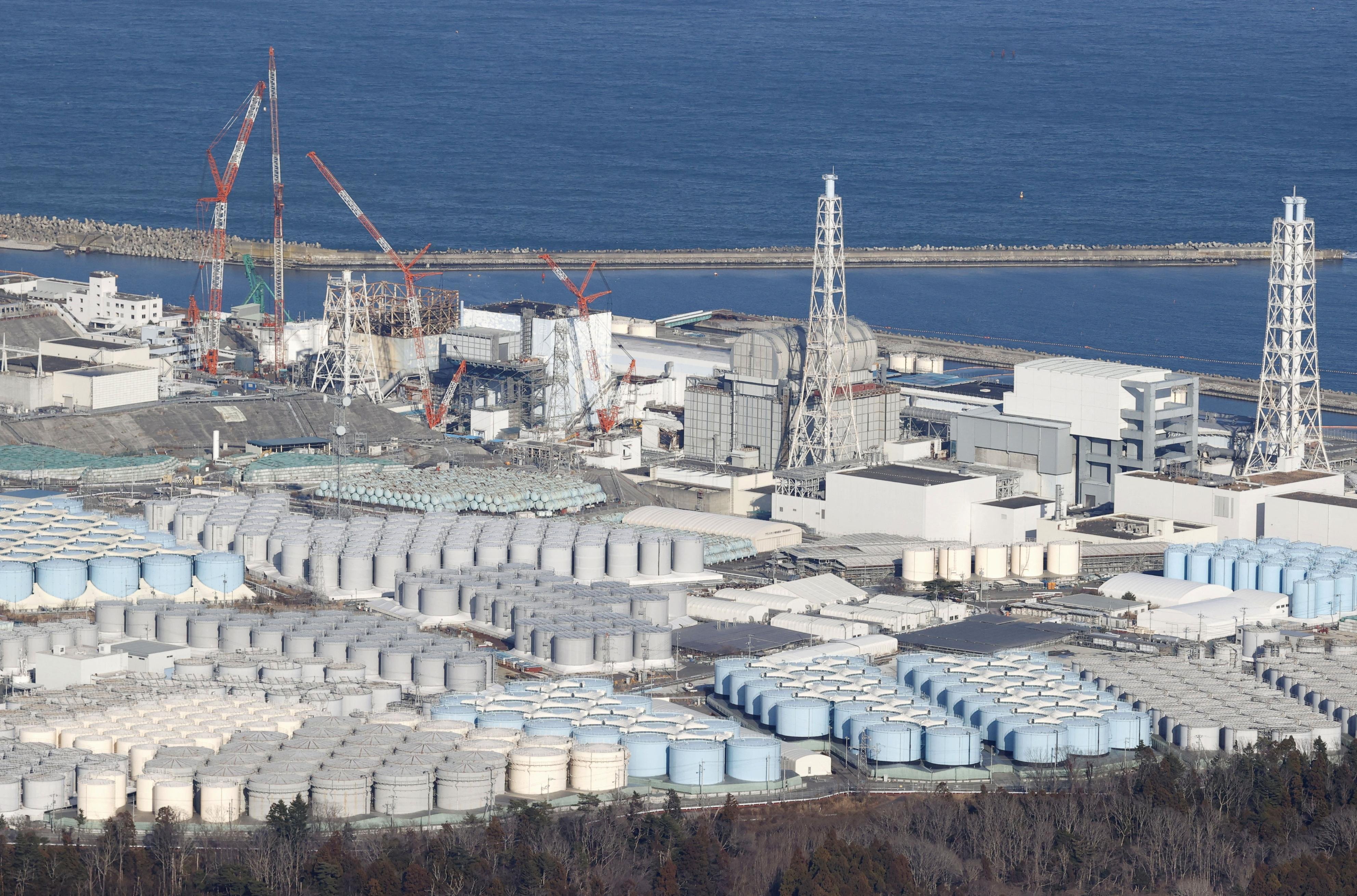By: nikolaj kristensen
August 23 2023
Japan plans to release nuclear wastewater into the sea - Is it safe?

(Image source: Kyodo via Reuters
Japanese Prime Minister Fumio Kishida recently announced that from August 24, 2023, wastewater from the Fukushima nuclear power plant will be released into the Pacific Ocean.
The Fukushima plant famously experienced meltdowns after it was hit by an earthquake and a subsequent tsunami on March 11, 2011. The plant flooded, and since then, more water has been poured onto the reactors to cool them and keep them from overheating to the point where more than 1.3 million tonnes of contaminated water is now kept at the facility.
Why now?
The plant’s operator, Tokyo Electric Power (Tepco), has been collecting contaminated water from the plant and treating it to reduce radiation levels. It has also built on-site tanks to contain the water but is now running out of space.
Tepco has said that building more tanks is no longer an option, as space needs to be cleared to decommission the plant safely. Japanese authorities warned as early as 2019 that the only solution might be to release the water into the ocean.
In Japan’s neighboring country South Korea, the Japanese government’s plan has sparked protests. (Source: REUTERS/Kim Hong-Ji)
Is the discharge safe?
The International Atomic Energy Agency (IAEA), the U.N.’s nuclear watchdog, has greenlit Japan’s plans to release the water. The agency conducted a safety review that concluded that the release of treated water into the sea was consistent with IAEA safety standards, noting that it would have “a negligible radiological impact to people and the environment.” The IAEA has said that it will continue to monitor the situation.
Jim Smith, professor of environmental science at the University of Portsmouth, has argued that the controlled release of the water might be much safer than the alternative; a site pressed for space runs the risk of leaking radioactive water in the event of an earthquake or a typhoon.
He told Logically Facts that the discharge limits are “very cautious.”
“The water to be released, after being checked, will be diluted 100 times to ensure that tritiated water levels are about 40 times less than the discharge limit and that the sum of other radionuclides will be more than 100 times less than the relevant limits,” he explained.
It is also worth noting that this kind of controlled release of treated water from nuclear plants into the ocean is a frequent practice that happens worldwide, including in the U.K. and the U.S.
IAEA concluded in a safety review that Japan’s plans were consistent with safety standards (Source: Katy Laffan / IAEA via Wikimedia Commons).
How will Japan go about it?
The water from the plant will be released over more than 30 years through a pipeline extending about one kilometer out from the coast. No more than 500,000 liters will be released a day. The first batch of water will total 7,800 cubic meters and be released over about 17 days, starting on August 24.
Tepco will treat and filter the water before it is released. These processes remove most of the radioactive materials, except in the cases of radionuclides carbon-14 and tritium. Therefore the water will have to be diluted even further. According to Tepco, the concentration of tritium will be well below World Health Organization (WHO) guidelines for drinking water. It will drop to background ocean levels within a few kilometers of the discharge site.
Can I still eat Japanese seafood?
Japan’s proposals have received backlash. In South Korea, there have been protests against the plans. Hong Kong, one of the largest importers of Japanese fish, has threatened a ban on seafood from parts of Japan, and some scientists have raised concerns that tritium could build up in fish and other marine organisms.
On the other hand, the IAEA and the Japanese government have argued that tritium occurs naturally in the environment and that radiation exposure will be extremely low. A risk assessment carried out by Tepco and an independent study by Dutch, Ukrainian, and Japanese scientists has reached the same conclusion.
“I believe that these conclusions are sound and make sense, based on my understanding – from over 30 years of experience – of radioactivity in aquatic ecosystems,” Jim Smith of the University of Portsmouth said.
Local Japanese fishers fear how the water release might affect their livelihoods. (Source: REUTERS/Kim Kyung-Hoon)
Local Japanese fishers have raised concerns about how the discharge might affect their livelihood. Even if the environmental damage proves negligible, the impact on the Japanese fishing industry's reputation could be worse. According to The Guardian, the government has set up funds worth ¥30bn ($206m) to compensate local fishers for reputational damage. Japan has vowed to monitor and test fish in waters near the Fukushima plant and make the results available to the public.
Logically Facts has contacted Tepco and the Japanese Ministry of Agriculture, Forestry, and Fisheries for comment. This article will be updated if and when they respond.


